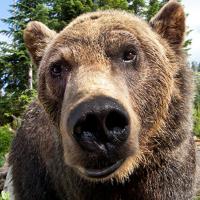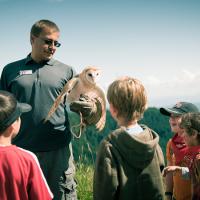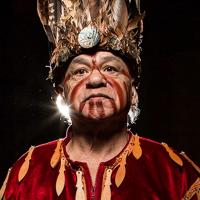Wildlife and First Nations Culture Education
The Grouse Mountain Refuge for Endangered Wildlife offers programs that make learning about nature fun and fascinating! Our programs align with the BC Curriculum for science, social studies, and physical education, and our experienced educators teach outside in the natural beautiful setting of Grouse Mountain.
Wildlife Education: Pick from a range of interactive curriculum-focused activities and build an unforgettable field trip for your students. Duration: Full or Half Day
Hiwus Feasthouse Cultural Program: Step into an authentic Pacific Northwest Longhouse and let Kwel-a-a-nexw, our Squamish First nations elder, take you back in time to discover the traditional way of life of our First Nations people. Duration: Full Day.
Peak of Christmas: (December) Engage your students in the magic of the holidays: visit live reindeer, discover snow-fleas, take a scavenger hunt, play in the snow and more. Duration: Full or Half Day
Visit our PureClean initiatives.



The health and safety of our guests and team members is our highest priority. We want you to enjoy everything Grouse Mountain has to offer with absolute confidence so we developed Grouse Mountain Resort PureClean to elevate our existing high standards of hygiene and cleanliness procedures.
Visit Grouse Mountain Education to learn more. Ready to book? Contact us to secure your date.






